Ninja warriors have always captured the minds and interests of filmmakers, show producers, and historians alike due to their stealthiness, superb martial arts abilities, and apparent indestructibility. Due to their secrecy, many of the secrets that ninjas guarded so closely have been challenging to uncover. But who are ninjas and what are they all about? The ninja’s enigmatic legacy lives on.
Here are 17 strangest ninja facts and their mysterious origins.
1. They Weren’t Even Referred To As Ninjas At The Time.
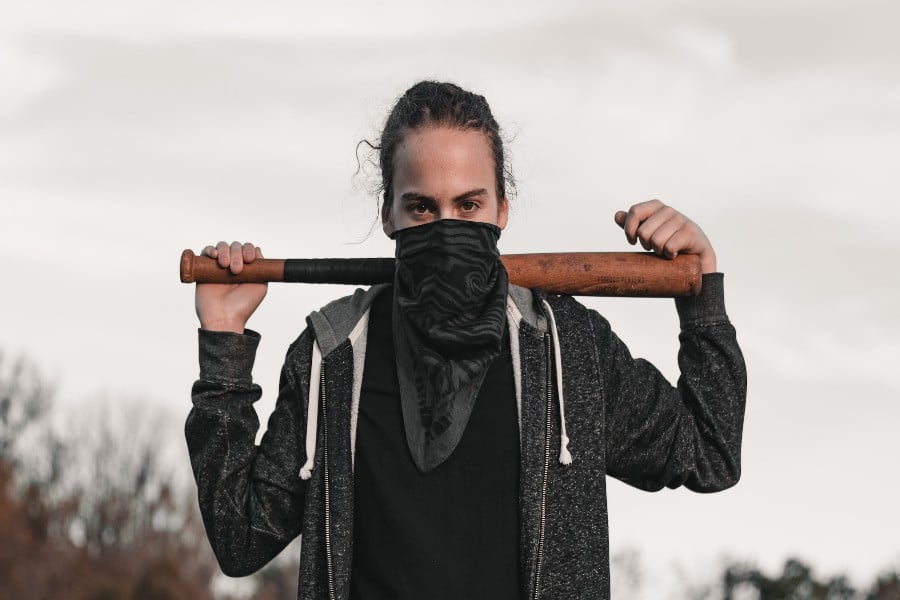
Shinobi or Shinobi-no-mono was the main title used in Japanese historical writings to denote ninjas. The name itself predates ninjas and roughly translates to “take away” or “hide,” with mono referring to “person.” The word ninja stems from the way Japanese kanji letters were read in Chinese, and it wasn’t used until the twenty-first century.
2. One Of The Two Clans Produced The Most Skilled Ninjas
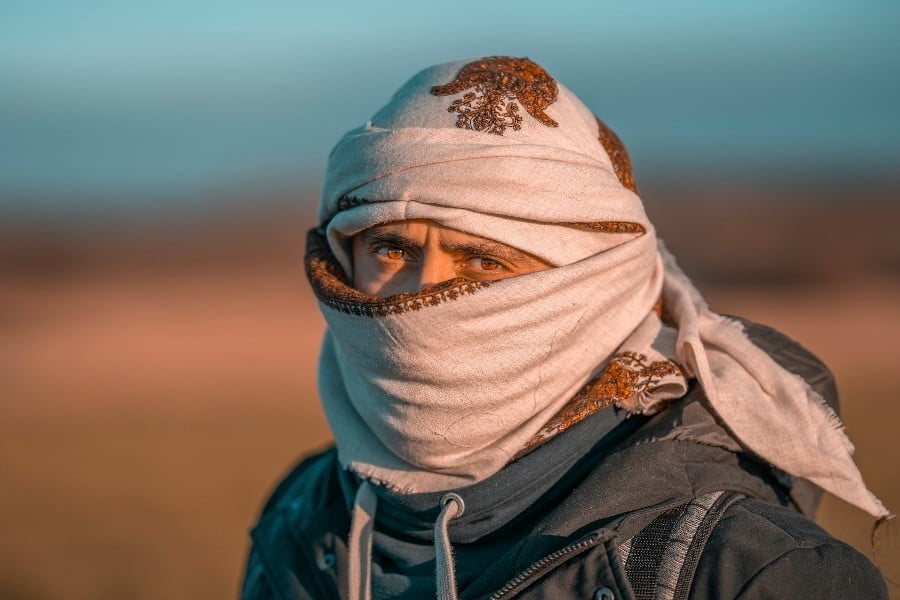
In two locations, Iga and Kga, villages began to specialize in ninja techniques in the 15th century. Ninja families of many generations appeared and quickly established themselves as the most skilled ninjas in the world. The ninja clans were so skilled at what they did that anyone claiming to be a ninja was mistaken for a regular thug. For nearly a century, the Iga and Kga clans provided Japan’s lords with ninjas, until a rival warlord nearly wiped them out.
3. Throwing Stars Are Unlikely To Have Been Used
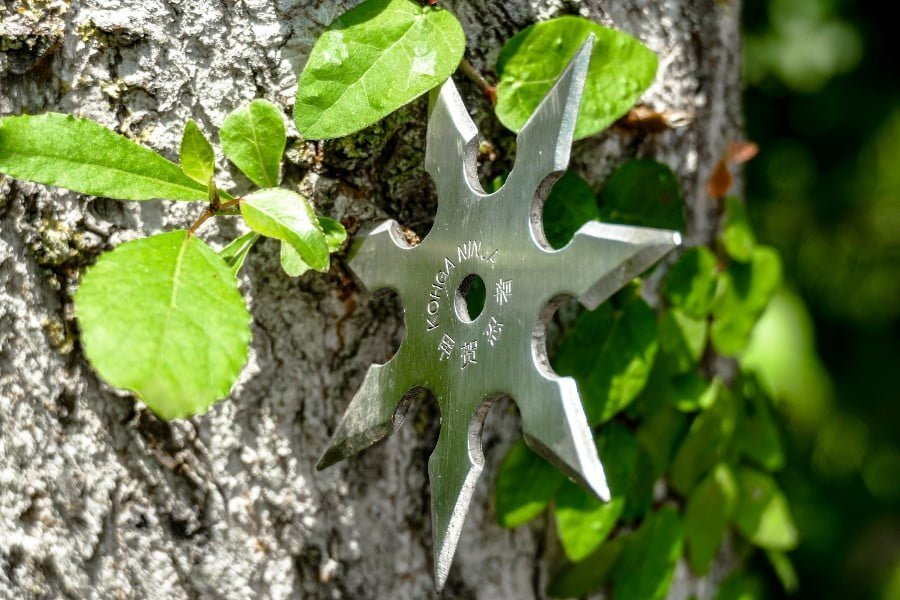
Throwing stars, or shuriken, were undoubtedly used during the time when ninjas were more historically active, but there’s little proof they were used by ninjas – at least according to surviving ninja manuals. Ninjas used a variety of specialized instruments, some of which have been recorded, but throwing stars were a samurai speciality. In any case, they weren’t used in the manner we see them today in fiction.
4. They weren’t always dressed in black
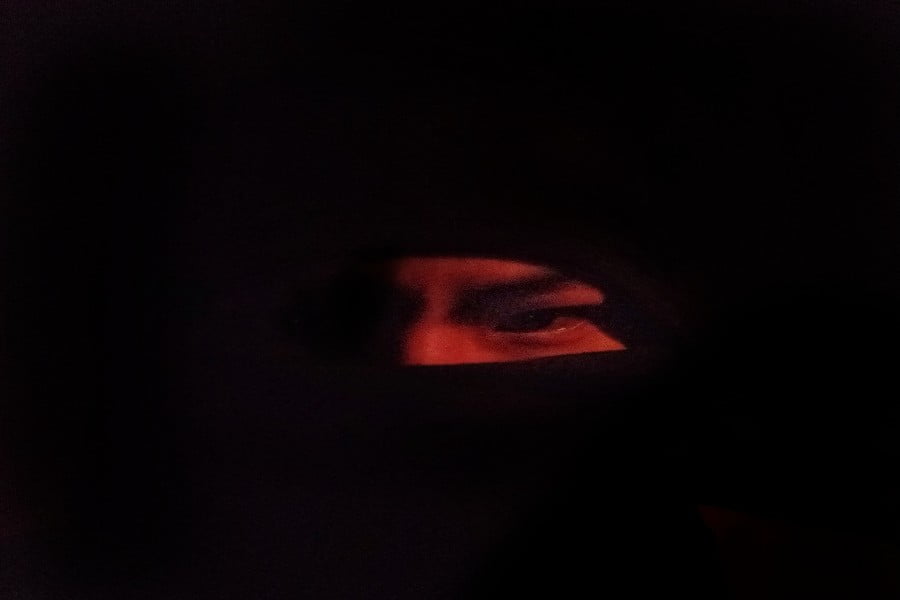
There were strict rules about what ninjas should wear, with the focus on making sure that whatever armour they wore was secure and didn’t create any noises. The outfit was thereafter solely dependent on the mission’s requirements and circumstances. On moonless evenings, they wore black, but on full moon nights, they wore white. Ninjas wore whatever clothing and colours were fashionable at the time when they were out.
5. Female Ninjas Have Their Own Set Of Weapons
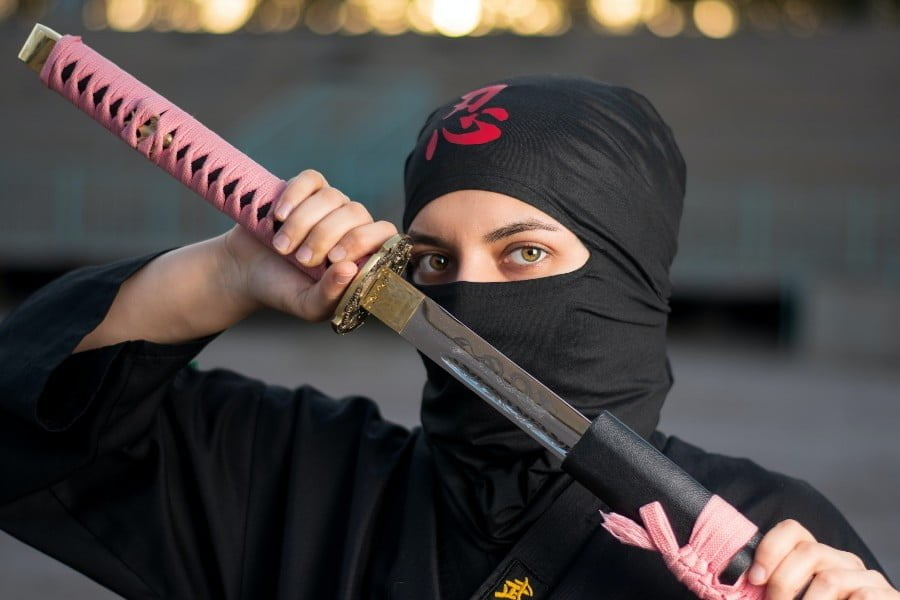
The female ninjas known as kunoichi used everything they could get their hands on as a weapon. Their elaborate hairpins, or kanzashi, were an example of this, which they could sharpen to a point or dip in poison. They also wore Neko-te (which means “cat hand”), which were metal claw-like nail decorations.
6. Samurai And Ninjas Often Partnered
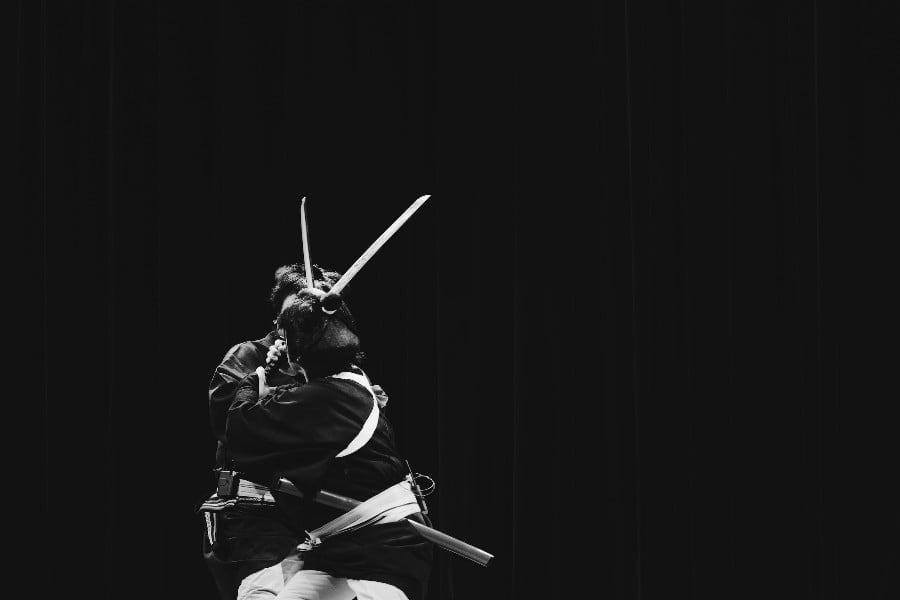
The samurai were not the ninjas’ opponents. Instead, samurai and ninjas frequently worked together. Ninjas’ adversaries were anyone they were hired to murder, but ninjas did not have a lifelong loyalty to any one side.
7. “Bansensukai”

During the time of conflicts, little ninja records were kept, but following the end of the battles, they began to keep track of their abilities. The so-called “ninja Bible,” or “Bansensukai,” was authored in 1676 and is the most famous ninjutsu handbook. There are around 400–500 ninjutsu manuals, with many of them still being kept secret.
8. Ninjutsu – a type of specialized hand-to-hand combat

Ninjutsu is well recognised as a sort of hand-to-hand fighting and a martial arts discipline that is still taught worldwide. However, in the 1950s and 1960s, the Japanese devised the concept of a specialized style of hand-to-hand fighting used by today’s ninjas.
9. Ninja did not use straight swords
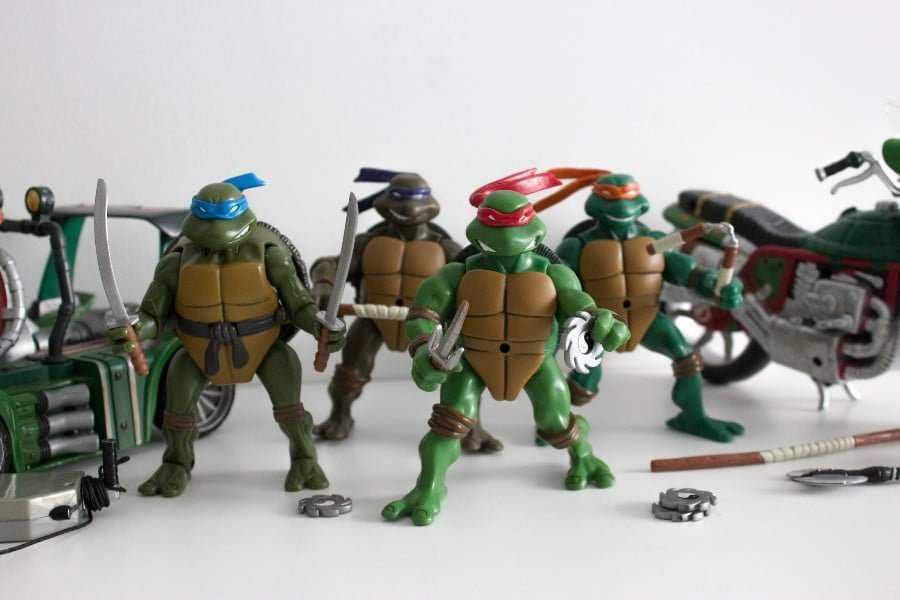
Today‘s famous “ninja-to” or ninja swords with a straight blade and square handle did exist in medieval Japan because square battle sleeves were then made, but ninjas only began to attribute them in the 20th century. “Medieval Special Forces” used ordinary swords.
10. The Ninjas of Yin and Yang
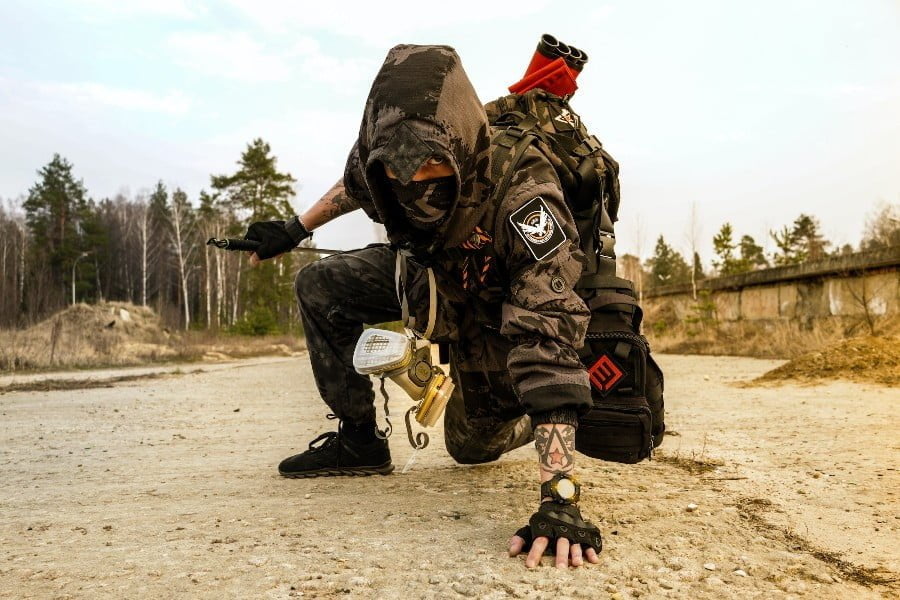
It’s just half-true. There were two types of ninjas: those who could be seen (yang ninja) and those whose identities were kept hidden at all times (yin ninja) (yin ninja).
11. Ninjas are dark sorcerers

In addition to playing the ninja murderer in ancient Japanese films, the master ninja, a warrior magician who destroyed opponents with a trick, was frequently shown. Ninja skills did, however, involve a considerable element of ceremonial magic, ranging from magic studs that reportedly grant invisibility to dog sacrifices to enlist the assistance of gods.
12. Ninja is a source of joy
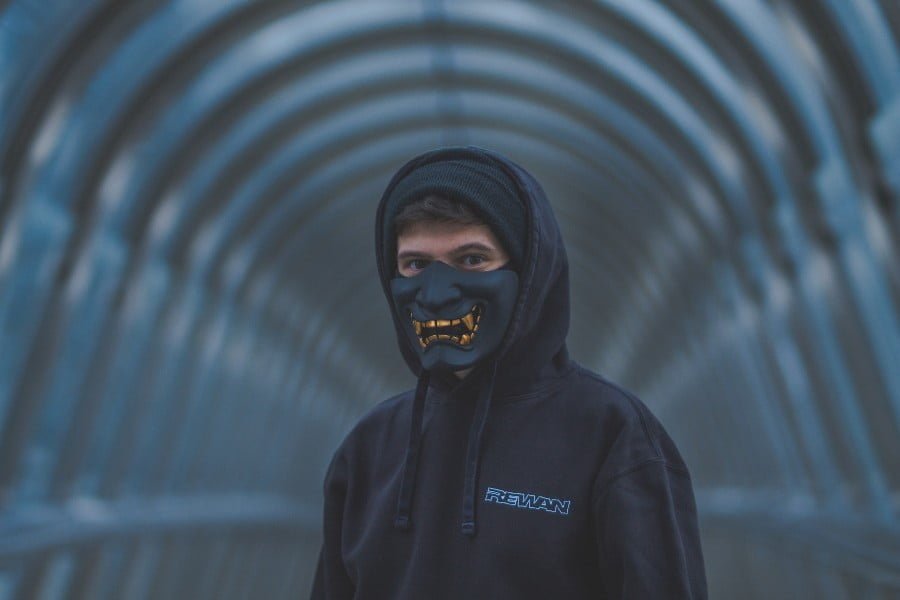
The study of the ninja was a source of amusement in Japanese academics for decades, and the study of their history was seen as a weird fiction for decades. In Japan, a severe study has barely begun in the last 2–3 years.
13. A Story of One Strong Lady
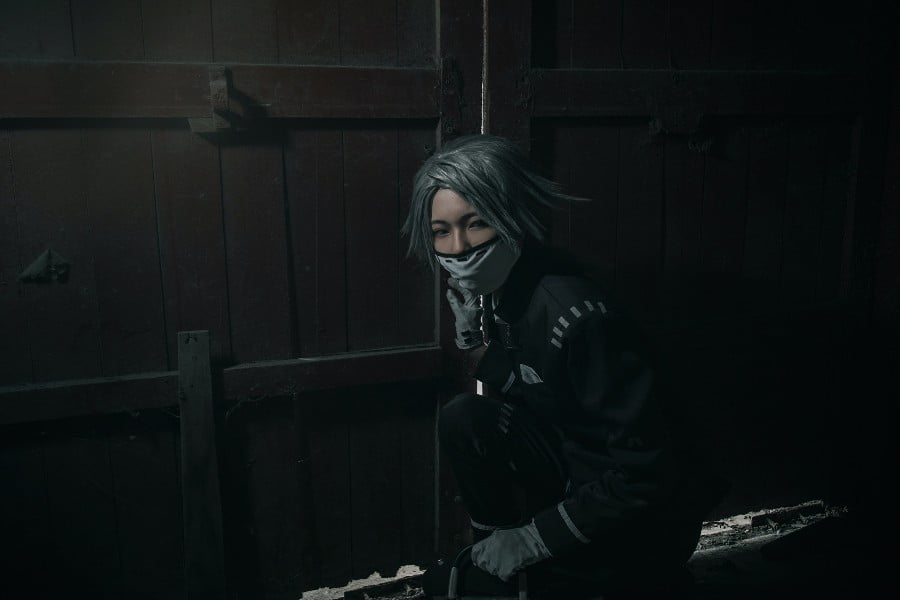
In her era, Mochizuki Chiyome was a well-known female ninja. According to tradition, she was able to gather 300 women to organize an underground espionage training operation. Mochizuki appeared to be operating an orphanage for young ladies, but she was actually training ninjas, assassins, and spies.
14. Time Gazing by Cat Eyes
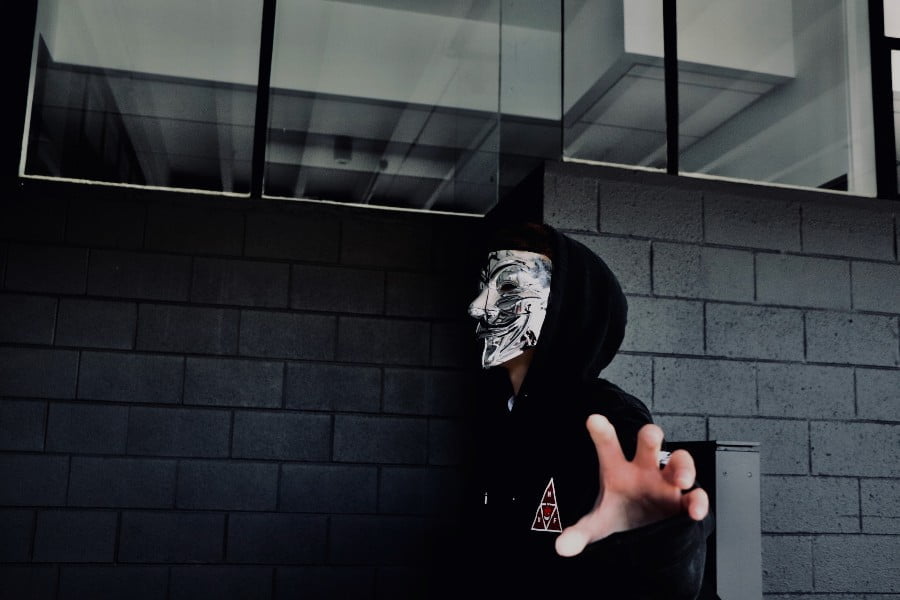
Ninjas frequently employed Nekome-Jutsu, or the ability to tell the time by gazing into the eyes of a cat. Because cats’ eyes are so sensitive to light, their pupils change shape throughout the day. Consider them the digital watch of the 16th century.
15. More Than Just a Pencil Case
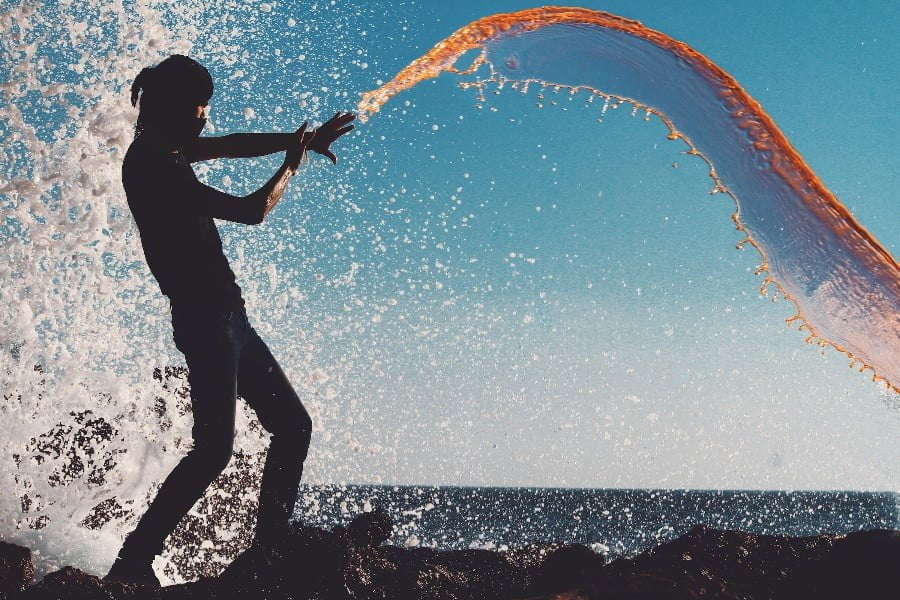
Ninjas were commonly seen with a yatate or tiny container made of bamboo that held ink and writing implements since they were employed to acquire information. A yatate was necessary not just for collecting data, but also for concealing poison, needles, and other tiny weapons.
16. Unseemly Medicine
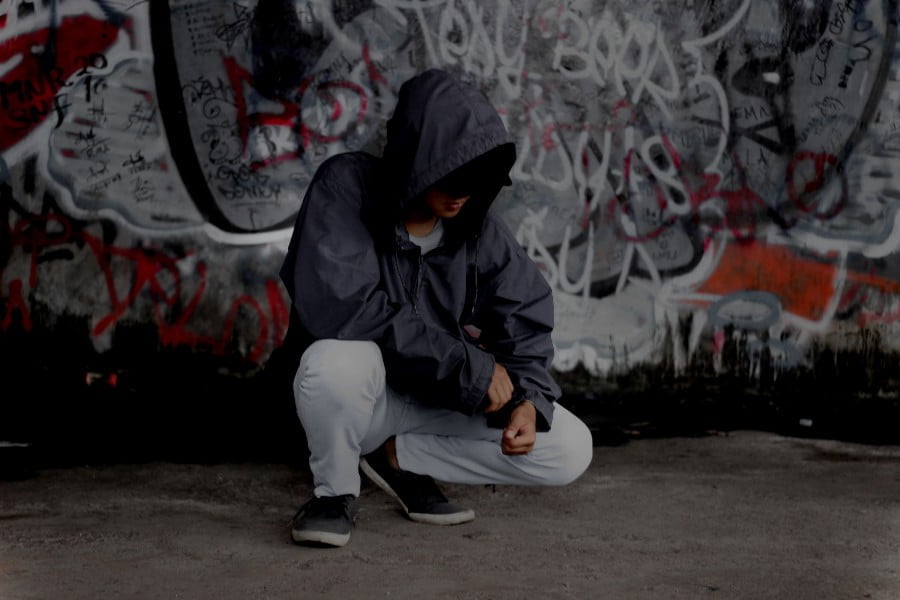
In their training, ninjas would also study numerous medications. It was said that they had unique treatments available to them only. For instance, a ninja treated a general who had been shot at the Battle of Sekigahara. According to the source, the ninja gave him “black medicine” to stop the bleeding.
17. Friendly Fire
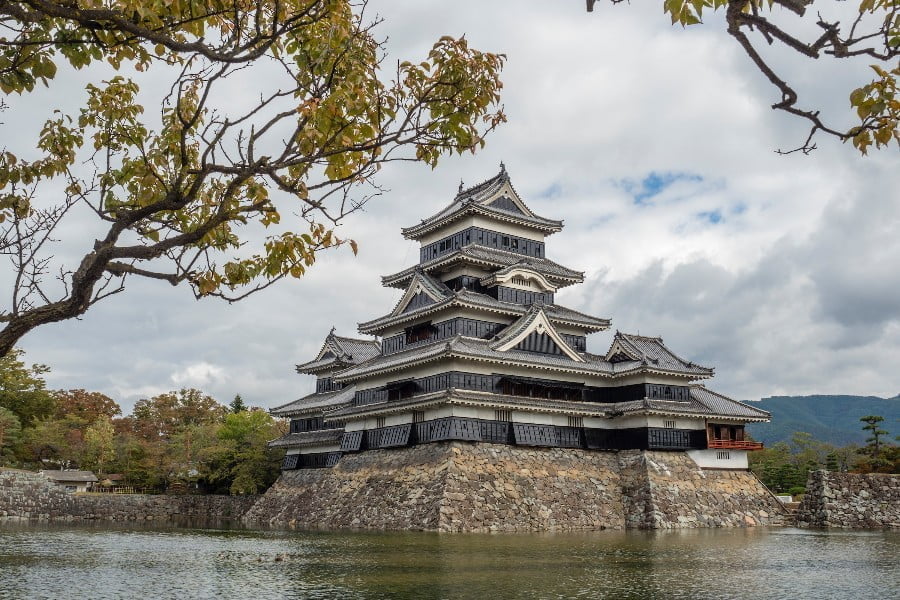
One extremely strange thing employed by ninjas during the Siege of Osaka is described in detail. However, that was all part of the plan as the ninjas really opened fire on their own soldiers from behind. Clearly, their side needed to escape, therefore the senior commanders gave the order to open fire on friendly targets to give the impression that their forces were under attack from behind.
It’s not always easy to tell fact from fiction, especially when it comes to ninjas, who depended on inflated stories about their skills. While fictional ninjas have kept the public in the dark for the past 100 years, the historical truth is frequently far more spectacular and fascinating. They’ll remain a mystery for a while, but maybe in the following decades, we’ll discover more about them!
Read also – 24 Remarkable Facts about Porcupines